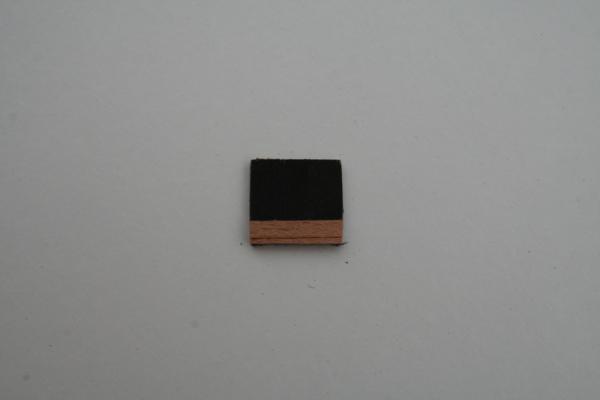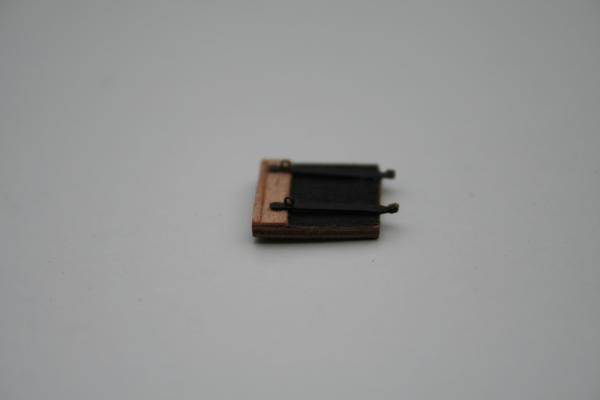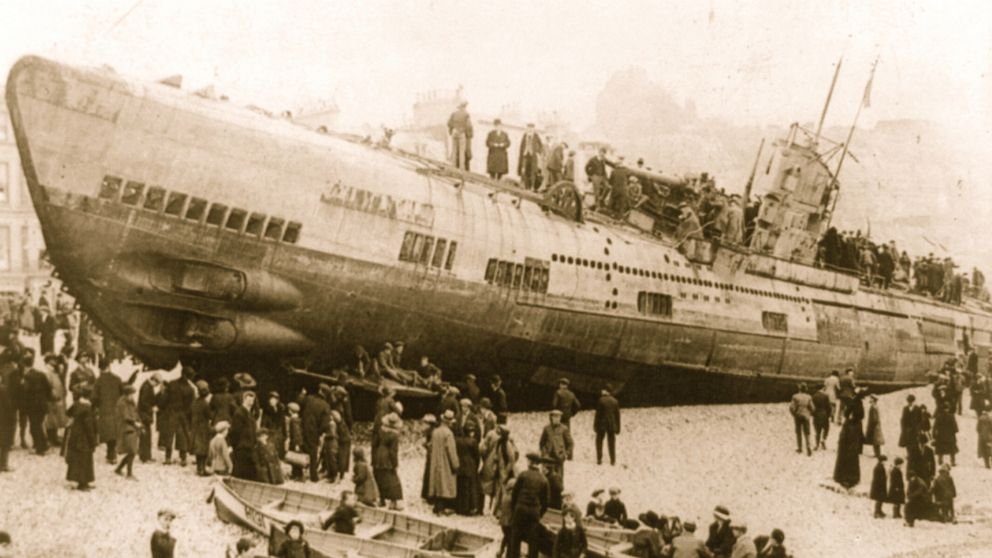-
Posts
6,934 -
Joined
-
Last visited
Content Type
Profiles
Forums
Gallery
Events
Posts posted by Kevin
-
-
-
JULY 24
1762
HMS Chesterfield (44), Cptn. John Scaife, and four of a convoy, wrecked on Cayo Comsite.
1797
Horatio Nelson loses right arm during failed attack on Santa Cruz, Tenerife.
1798
HMS Resistance (44), Cptn. Edward Pakenham, struck by lightening while anchored in the Straits of Banca, caught fire and violently exploded.
1801
HMS Jason (36), Cptn. Hon. John Murray, wrecked on an uncharted rock in the entrance of St. Malocs.
1813
USS President (44), John Rodgers, captures British ship Eliza Swan.
1815
Reduction of Gaeta by HMS Malta (84), Cptn. William Fahie, and HMS Berwick (74), Cptn. Edward Brace
-
the size of that thing could live where it likes - a deserted coal mine for example
-
-
was there ever depth marking on the stern? say around the stern post
-
i bet the system leaked like a sieve, HP air and HP hydraulics on a fixed platform used to - never mind on a system that could be swiveled
-
lovely Paul, we have our warm temperatures here as well, not quite as high, but been around the 30's, and being British - we are not used to it, even so - my new insulated workshop is too warm - absolutely no point in buying much to cool it down as this time next year might be back to normal, cold and wet
-
JULY 23
1704
British fleet under Sir George Rooke captured Gibraltar.
1759
Keel of HMS Victory (100) laid down at Chatham Dockyard
1805
HMS Champion (24), Cptn. Robert Howe Bromley, and consorts engaged a French flotilla off Fecamp.
1810
Boats of HMS Belvidera (36), Cptn. Richard Byron, and HMS Nemesis (28), Cptn. Ferris, took Bolder (8) andThor (8) and destroyed a sloop near Studtland, Norway.
The construction of HMS Victory begins
JUL 23rd, 1759 - Richard Cavendish recounts the birth of a great warshipThe keel of the most famous ship in the history of the Royal Navy was laid down in the Old Single Dock (now the Victory Dock) at Chatham Dockyard in Kent. Present with Admiralty officials at the occasion was William Pitt the Elder, whose government had announced a major ship-building programme of first-rate ships of the line and frigates the year before.
The new first-rate was designed by the Surveyor of the Navy, Sir Thomas Slade. Her keel was to be 259 ft long, she would have a displacement of 2,162 tons, carry a crew of about 850 and be armed with more than 100 guns. Some 6,000 trees would be used to build her, the great bulk of which were oaks, mainly from Kent, the New Forest and Germany. She was the Navy’s sixth Victory. One of them, under Sir John Hawkins, had fought the Spanish Armada in 1588. Another, of 80 guns, had been launched in 1666 and the fifth, launched in 1737, had sunk with all hands in 1744.
-
lol - it may be a months work - but it is something less to still do
-
JULY 22
1796
HMS Aimable (32), Cptn. Jemmet Mainwaring, engaged French frigate Pensee (44), Cptn. Valto, which escaped off Guadeloupe.
1802
USS Constellation (38) defeats 9 Corsair gunboats off Tripoli.
1805
Battle of Cape Finisterre. Inconclusive action between British fleet under Admiral Sir Robert Calder and French fleet under Admiral Pierre-Charles Villeneuve
-
-
-
love yr build, but the pictures that struck me the most, was the work involved in the stern galleries/windows , lovely work
-
-
Dafi - good morning
would the netting be removed to stow the hammocks, leaving the wire to stop them falling overboard?
-
I wouldn't worry too much about missing updates.... If what Augie says holds true, he's bound to deconstruct a bit more before he ever gets finished.... I think it's something psychological... He's afraid of not having a ship to work on... (Since he claims his next build won't start until the fall)

Andy
you are more than welcome to come and work on mine for me
love the anchors- also being a commodore you perhaps also should do a Sjors and have two builds going on at least
-
-
that looks fantastic my friend
all the best
-
lol- dont get that the wrong way around
-
Andy - its a nice warm day- Bay of Biscay, all hatches open for ventilation, and all sails set to get too destination of Gibraltar
- trippwj, mtaylor, realworkingsailor and 1 other
-
 4
4
-
- 4whelr, dafi, lamarvalley and 3 others
-
 6
6
-
i am trying to improve my "how i did it photo- please bear with me"
after matching the lids against the cut-outs - i have followed the wale lins

the hinges are attached, i have not made any jigs to do this, just cut down the qty made at any time to qty 5, as i dont have the pleasure of spending all day everyday on the build

0.5 mm hole drilled for the two eyelets also helps keep the hinges in place as the pins go through the whole of the lid and glued on the back, as they will not be seen
the vents are just a bit of styrene with the etched part gued onto the end and attached between the hinges

and finally the whole unit is spray pained, in matt black, i have done away with my black paint being brushed on, as it is allergic to flash photo's

the top of the lid has been filed to an angle to allow gluing to the hull, it is to much to expected the lugs on the hinges to take the load by them selfs, i may pin any open lids into position, im just thinking ahead

- 4whelr, augie, mort stoll and 5 others
-
 8
8
-
JULY 21
1781
HMS Charlestown (28), Cptn. Evans (Killed in Action), HMS Allegiance (24), HMS Vulture (20), Cptn. George, armed transport Vernon (14), HMS Thorn, and armed ship Little Jack (14) escorting a convoy of 18 ships engaged Astrée (38), Jean-François de Galaup, comte de La Pérouse, and Hermione (34), Louis-René Levassor de Latouche Tréville, off the harbour of Louisbourg. Little Jack, Thorn and three merchantmen were taken.
1801
Boats of HMS Beaulieu (40), Cptn. Stephen Poyntz, HMS Doris (36), Cptn. John Halliday, and HMS Uranie(38), Cptn. W. H. Gage, cut out French corvette Chevrette (20) from Camerat Bay.
HMS Sir Thomas Paisley (16), Lt. Wooldridge, engaged a Spanish xebec (22) off the island of Carbera
HMS Jason (36), Cptn. Hon. John Murray, wrecked near St. Malo.
1812
HMS Sealark (10), Lt. Thomas Warrand, captured Ville de Caen (16), Cptn. Cocket, off Start Point
1823
After pirate attack, LT David G. Farragut leads landing party to destroy pirate stronghold in Cuba.
1850
The Danish paddle steamer Hekla, Cmdr. Edouard Suensson, opens fire at a Schleswig-Holstein gunboat, which catches fire and explodes, in the Bay of Neustadt.
-












Naval History On This Day, Any Nation
in Nautical/Naval History
Posted · Edited by Kevin
JULY 25
1666
The "St. James's Fight." English fleet under Prince Rupert of the Rhine and George Monck, 1st Duke of Albemarle, and a Dutch fleet under Lieutenant-Admiral Michiel de Ruyter.
1744
Augustus Keppel passed and confirmed as Lieutenant
1757
HMS Southampton (32), Cptn. James Gilchrist, engaged five French privateers off the Isle of Wight
1779
US Amphibious expedition against British in Penobscot Bay, ME
1800
HMS Nemesis (28), Cptn. Thomas Baker, and HMS Arrow (28), William Bolton, captured Danish frigate Freya(40), Cptn. Krabbe.
1803
HMS Vanguard (74), Cptn. James Walker, and HMS Tartar (32), Cptn. Perkins, captured Duquesne off San Domingo
1809
HMS Princess Caroline (74), Cptn. Charles Dudley Pater, and consorts captured four Russian vessels.
Boats of HMS Fawn (18) captured Guadaloupe.
1810
HMS Thames (32), Cptn. Granville George Waldegrave, HMS Pilot (18), John Toup Nicholas, and HMS Weazle(18), Henry Prescott, at Amanthe. Six gunboats, two scampavias and 28 transports were taken and the rest of a convoy destroyed.
1863
U.S. Squadron bombards Fort Wagner, NC
1866
In the US Rank of Admiral created and David G. Farragut is appointed the first Admiral in the US Navy